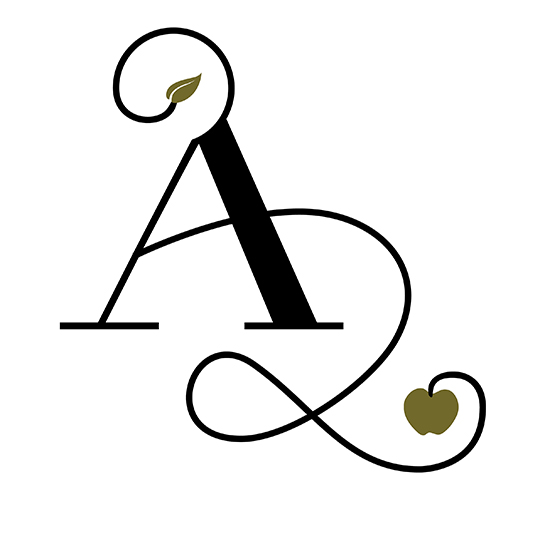It comes first in countless childhood alphabet books.
It can be found in every fruit shop in the world.
It has been painted by countless artists, some almost obsessively.
It’s the name given to celebrity children, and I’m even writing these words on one.
It’s ubiquitous, and yet it would be a grave mistake to think the apple boring.
Without the apple there would be no cider on a hot summer day, no apple pie on a cool autumn night, no apple sauce cosying up to succulent slices of roast pork.
How many types of apples can you name?
Half a dozen? A dozen?
Apple expert Barrie Juniper reckons there are about 20,000 varieties in the world.
Over 6,000 have been recorded in Britain, yet during the 80s and 90s many observed with sadness the vast quantities of apples going to waste. Trees overhanging garden fences and footpaths yielded reliable crops that hung on branches unpicked, until they fell to the ground and rotted.
Farmers pulled up old trees in favour of crops that would win them a more handsome profit, or coveted supermarket contract. Many other orchards vanished under new houses, roads and neglect.
With Britain’s orchards reduced by two-thirds since 1960, centuries of local distinctiveness and rich variety were disappearing in the blink of an eye.
Saddling up their white chargers were Sue Clifford, Angela King and Roger Deakin. In 1983 the trio founded Common Ground, a charitable organisation that values and celebrates local distinctiveness.
In 1990 Common Ground launched Apple Day. Held on October 21 it has now become an annual event celebrating the diversity of Britain’s apples, and the associated landscapes and culture.
Welcome back cider, apple pie and apple sauce.
Good to see you again scrumpy, apple jelly, apple cider vinegar and calvados.
From Kazakhstan to the world
Roger Deakin’s chats with Barrie Juniper lead him on a journey to the Tien Shan Mountains of Kazakhstan, home of the wild apple from which all our domestic varieties developed.
“Kuraly sets off into the woods on horseback and returns like a bee to the hive with saddlebags full of wild apples. I wander up a steep path and sample some sweet feral fruit, slipping the pips into my trouser pocket for later planting in Suffolk.”
Baz had himself tracked down the wild apple, Malus sieversus, and untwirled its DNA, before mapping how he believed the fruit had spread from its Central Asian home.
You can read Roger Deakin’s journey to the wild apple orchards of Kasakhstan in his truly marvellous book Wildwood: A Journey Through Trees.
Barrie Juniper expanded on the origin of the apple in his book The Story of the Apple.
One of the places where apples ended up was Tasmania, the so-called Apple Isle.
Tasmania’s apples came courtesy of no less than Captain Bligh himself, in the early 1770s. With a climate ideally suited the island soon found itself with a surplus of fruit, and these were exported to other colonial settlements in Australia.
Today apples are grown in six Australian states, with nine varieties under cultivation: Royal Gala, Golden Delicious, Red Delicious, Fuji, Pink Lady, Granny Smith, Jazz, Sundowner and Eve.
The traditional unit of weight for measuring apple quantities was the bushel. According to our good friends at Wikipedia, in 1912 the U.S. Court of Customs defined a “heaped bushel” for measuring quantities of apples as 2,747.715 cubic inches (45,035.04 cubic cm).
Not sure I possess the mathematical facility required to be an apple producer...
We use tonnes in Australia these days. Less romantic, easier on the brain.
All Queensland’s apples are grown in the Granite Belt region around Stanthorpe (Applethorpe is just down the road), which means that not many of us know the joy of an apple grown in our own garden.
But that doesn’t mean we can’t stop and given a little nod of thanks to the humble apple, a star amongst fruit, bringing delight to our table and our imaginations.
Bonus!
You made it through to the end. Now if you ever need to figure out if you've got more apples than oranges, Sherlock Holmes and The Count show you how on Sesame Street.





